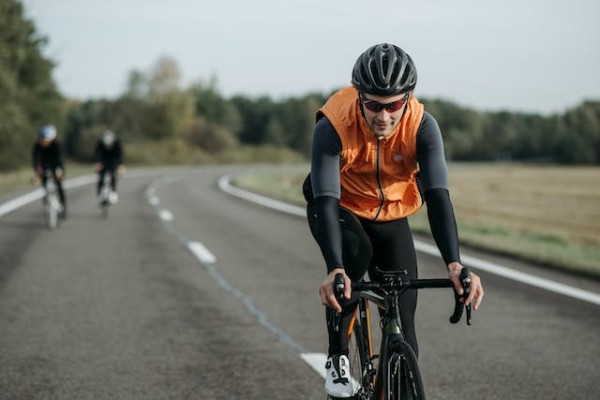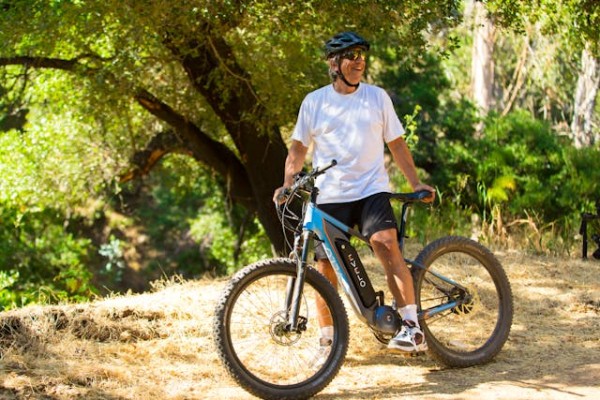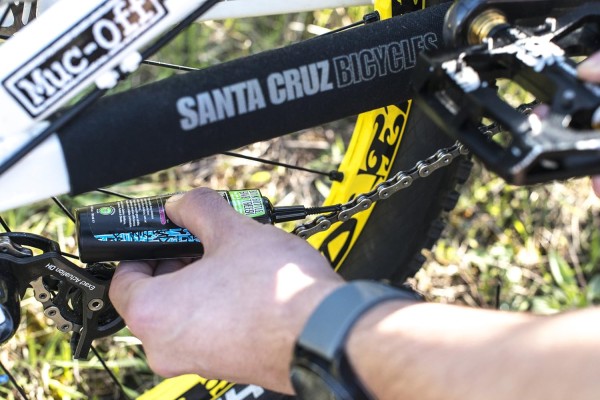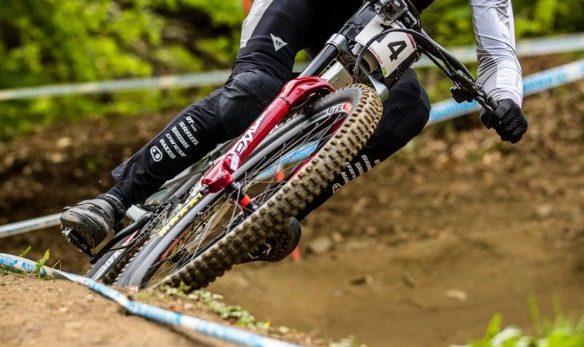Do you know that the perfect bike tire pressure can greatly enhance your riding experience? Achieving the right tire pressure is crucial for optimal performance and safety. But here’s something you probably don’t know: the correct tire pressure varies depending on factors like your weight, tire width, and the terrain you’ll be riding on.
We’ll walk you through the steps to determine and adjust the ideal tire pressure for your bike. Whether you’re hitting the road or tackling off-road trails, understanding how to achieve the perfect tire pressure will ensure a smoother and more enjoyable ride.
5. Importance of Proper Tire Pressure
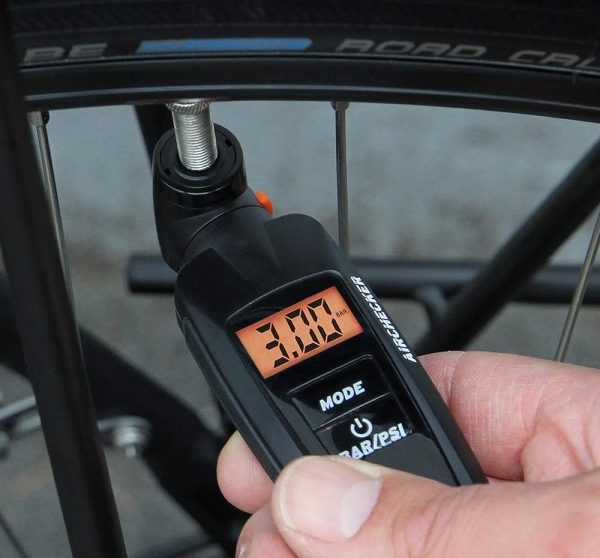
Maintaining proper tire pressure is crucial for achieving optimal performance and ensuring a safe and smooth ride. Your bike’s tire pressure directly affects its overall handling, stability, and efficiency.
When your tires are under-inflated, they tend to have a larger contact patch with the road, resulting in increased rolling resistance. This can make pedaling more difficult and decrease your speed. On the other hand, over-inflated tires have a smaller contact patch, reducing traction and compromising your control over the bike.
Additionally, improper tire pressure can lead to faster wear and tear, reducing the lifespan of your tires. It’s important to regularly check and adjust your tire pressure to the manufacturer’s recommended levels.
4. Factors to Consider for Optimal Tire Pressure
To achieve optimal tire pressure for your bike, consider several factors that will influence the performance and ride quality. First, take into account your weight and the weight of any additional gear you may be carrying. Heavier riders will typically require higher tire pressure to support the load and prevent pinch flats. Next, consider the type of terrain you’ll be riding on. Smooth surfaces like pavement require higher tire pressure for reduced rolling resistance, while off-road trails necessitate lower pressure for increased traction and shock absorption.
Additionally, take into consideration the tire width and volume. Wider tires generally require lower pressure for a softer ride, while narrower tires benefit from higher pressure for improved efficiency. Lastly, consider your personal riding preferences and comfort level, as these can vary between individuals.
3. How to Determine the Correct Tire Pressure
Determine the correct tire pressure for your bike by using a pressure gauge. Follow these steps to ensure you achieve the optimal tire pressure:
- Start by checking the recommended tire pressure specified by the manufacturer. This information is usually imprinted on the side of the tire or can be found in the bike’s manual.
- Attach the pressure gauge to the valve stem and press firmly to get an accurate reading. Ensure the gauge is properly calibrated to provide precise measurements.
- Compare the reading on the gauge to the recommended tire pressure. If the reading is lower, use a pump to add air until you reach the correct pressure. If the reading is higher, release some air using the valve until you achieve the desired pressure.
2. Tips for Adjusting Tire Pressure on Different Terrain
When riding on different terrains, it’s important to adjust your tire pressure accordingly. The right tire pressure can greatly affect your ride and overall performance. For rough and uneven terrain, such as gravel or off-road trails, it’s recommended to lower your tire pressure. This allows the tire to absorb more impact and provide better traction. However, be cautious not to go too low, as it can increase the risk of pinch flats or rim damage.
On smoother surfaces, like paved roads, higher tire pressure is preferred for reduced rolling resistance and increased speed. Remember to check your tire pressure regularly, as it can change over time due to temperature fluctuations and natural air leakage. Adjusting tire pressure based on the terrain you’re riding on will ensure a more comfortable and efficient biking experience.
1. Maintenance and Monitoring for Long-lasting Tire Performance
As you ride on different terrains and adjust your tire pressure accordingly, it’s essential to prioritize maintenance and monitoring for long-lasting tire performance. To ensure optimal tire performance, follow these maintenance and monitoring tips:
- Regularly check tire pressure: Use a reliable pressure gauge to measure tire pressure before each ride. Maintain the recommended pressure range specified by the tire manufacturer.
- Inspect tire condition: Regularly inspect tires for any signs of wear, cuts, or punctures. Replace worn-out or damaged tires immediately to prevent accidents and maintain performance.
- Clean tires regularly: Remove any debris, dirt, or mud from the tire treads and sidewalls. This helps maintain traction and improves overall tire performance.
Frequently Asked Questions
Can Tire Pressure Affect the Overall Speed and Efficiency of a Bike?
Tire pressure plays a crucial role in the overall speed and efficiency of your bike. When the tire pressure is too low, you experience increased rolling resistance, which slows you down and requires more effort to pedal.
On the other hand, excessive tire pressure can lead to a harsh ride and reduced traction. Finding the perfect tire pressure is essential for optimizing your bike’s performance and ensuring a smooth and efficient ride.
How Often Should I Check and Adjust My Bike Tire Pressure?
To ensure optimal performance and safety, you must regularly check and adjust your bike tire pressure. The frequency of these checks depends on various factors such as the type of terrain you ride on, your weight, and the climate.
As a general rule, it’s recommended to check your tire pressure at least once a week. This will help maintain proper traction, reduce rolling resistance, and prevent flats.
Are There Any Specific Tools or Equipment Needed to Adjust Bike Tire Pressure?
To achieve the perfect bike tire pressure, you don’t need any specific tools or equipment. All you need is a reliable pressure gauge and a good pump. These tools will allow you to accurately measure and adjust the pressure to the recommended level for your bike.
Conclusion
By considering factors like weight, terrain, and weather conditions, you can determine the correct tire pressure. Just like a well-tuned instrument, your bike’s tires need to be finely calibrated to ensure a smooth and efficient ride. Remember to regularly maintain and monitor your tire pressure to maximize its lifespan and keep your cycling adventures rolling smoothly.

